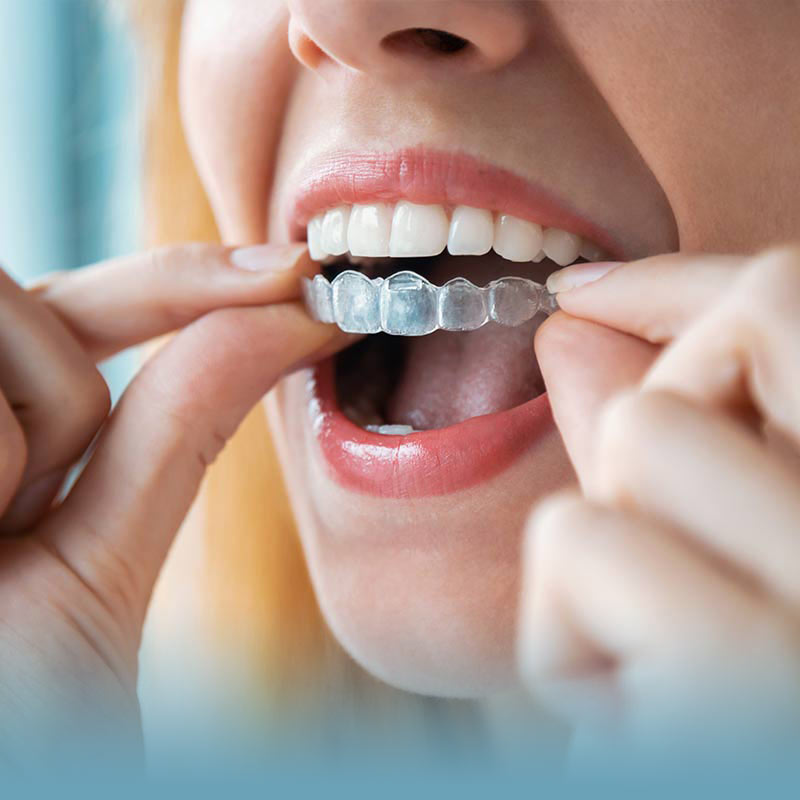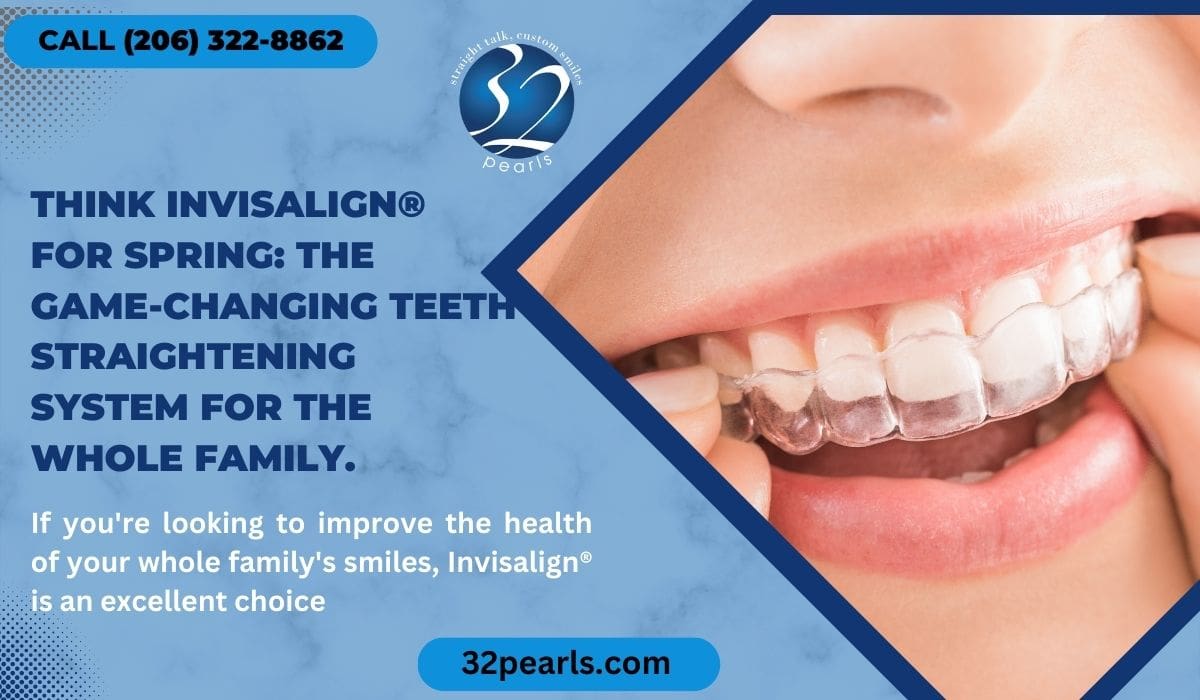Frequently Asked Questions Concerning Invisalign: Everything You Required to Know
Invisalign vs. Traditional Braces: Which Alternative Is Right for You?
When considering orthodontic treatment, the option in between Invisalign and traditional braces provides numerous important elements that warrant mindful assessment. Invisalign uses a discreet option with detachable aligners, while typical braces supply a more visible yet reliable solution for extreme misalignment. Each choice incorporates distinctive advantages and downsides associated with looks, comfort, treatment period, and expense. Comprehending these subtleties is essential for making an educated choice that aligns with your personal choices and way of living. The inquiry continues to be: which option will best meet your orthodontic needs and expectations?
Introduction of Treatment Options

In comparison, standard dental braces include steel brackets and cables that are bonded to the teeth. This technique uses constant stress in time to attain alignment. While reliable for complex orthodontic concerns, typical braces require normal brows through for modifications and can pose obstacles in maintaining dental hygiene because of the problem of cleaning up around braces and wires.
Both alternatives have their benefits, and the option usually rests on certain oral problems, way of living preferences, and client compliance. Ultimately, speaking with an orthodontic expert is crucial for figuring out one of the most ideal therapy strategy customized to individual needs. Understanding the nuances of each option can substantially affect the total success of orthodontic treatment.
Visual Factors To Consider
A considerable element influencing the selection in between Invisalign and conventional braces is the visual charm each treatment supplies. Invisalign aligners are crafted from clear plastic, making them essentially undetectable when worn.
In comparison, standard braces include steel brackets and cords, which can be a lot more noticeable. While innovations in orthodontic innovation have brought about the advancement of smaller sized brackets and tinted elastics, standard braces still keep a more obvious account. For some people, the visibility of braces may discourage them from looking for required therapy.
Eventually, the selection between Invisalign and typical braces might rest on individual preferences relating to looks. Patients that focus on discretion commonly lean toward Invisalign, while those that are much less worried regarding presence may select typical braces. Comprehending the visual implications of each choice is crucial for making a notified choice that aligns with one's way of life and choices.
Convenience and Convenience

In terms of convenience, Invisalign aligners are detachable, making it possible for individuals to appreciate their favorite foods without restriction and keep optimum oral hygiene. Cleaning and flossing are streamlined, as the aligners can be secured during these regimens, whereas typical dental about his braces need careful steering around braces and cables.
In comparison, standard dental braces require normal modifications, making them much less practical for those with hectic routines. Generally, the comfort and comfort of Invisalign make it an appealing option for several individuals looking for orthodontic treatment.
Treatment Period and Effectiveness
While both Invisalign and standard dental braces are efficient in dealing with dental misalignments, the period of therapy can vary dramatically between the two alternatives. Generally, Invisalign therapy can take anywhere from 12 to 18 months, relying on the complexity of the situation. The clear aligners function by progressively shifting teeth into their preferred placements, and normal follow-ups with an orthodontist help guarantee development continues to be on track.
On the other hand, conventional dental braces usually require a longer commitment, normally varying from 18 months to 3 years. This is due to their fixed nature and making use of cords and braces, which can be more effective for complicated instances and extreme misalignments (Invisalign). The treatment efficiency of standard dental braces is well-documented, as they permit precise adjustments and higher control over tooth motion
Eventually, the option in between Invisalign and typical dental braces may rest on both the anticipated treatment duration and the particular dental issues available. Consulting with an orthodontist is important, as they can supply customized suggestions based upon specific demands, guaranteeing the chosen method aligns with desired durations and outcomes.
Cost Comparison and Insurance Policy Alternatives
Expense plays a considerable function in the decision-making process for people taking into consideration orthodontic treatment, whether opting for Invisalign or traditional dental braces. On average, the cost of Invisalign arrays from $3,000 to $8,000, while standard braces generally set you back in between $2,000 and $6,000. Elements affecting these expenses include the intricacy of the situation, the period of therapy, and geographical location.
Numerous oral insurance plans give partial protection for orthodontic therapies, but the specifics can differ extensively. Typically, typical braces might be extra often covered by insurance policy plans compared to Invisalign, which some insurance companies classify as a cosmetic procedure.
Furthermore, numerous orthodontic practices provide adaptable settlement plans, about his making both treatment choices a lot more accessible. Clients must make inquiries concerning potential financing choices and price cuts for ahead of time settlements. Evaluating the overall expense, including insurance coverage advantages and settlement strategies, is essential for making an informed decision that aligns with both aesthetic preferences and budget plan considerations.

Conclusion
In summary, important site the choice between Invisalign and conventional braces rests on several elements, including aesthetic preferences, comfort, treatment duration, and cost. Invisalign provides a discreet, removable option that helps with oral health and dietary versatility, while traditional dental braces might be preferable for complicated oral problems and usually come with a reduced cost point. Ultimately, consultation with an orthodontist is important to assess specific conditions and figure out the most suitable therapy alternative for accomplishing optimal oral placement.
When thinking about orthodontic treatment, the option in between Invisalign and standard braces provides numerous crucial elements that merit cautious assessment.Comparing Invisalign and standard dental braces exposes distinct therapy options for orthodontic correction.While both Invisalign and typical braces are reliable in remedying dental misalignments, the period of therapy can vary dramatically between the 2 choices.Cost plays a considerable role in the decision-making procedure for individuals thinking about orthodontic therapy, whether opting for Invisalign or typical braces.In recap, the choice in between Invisalign and traditional braces pivots on multiple aspects, including aesthetic choices, comfort, treatment period, and cost.